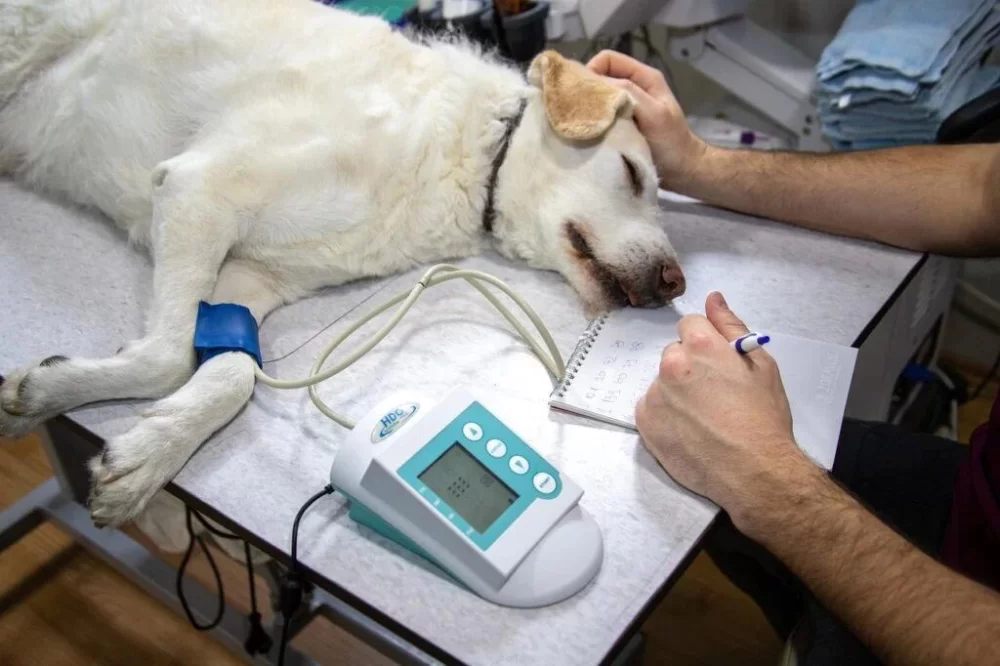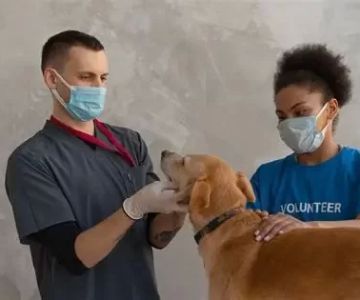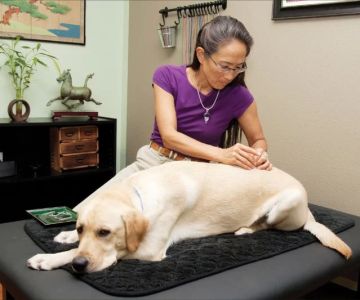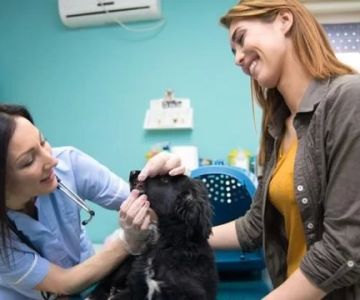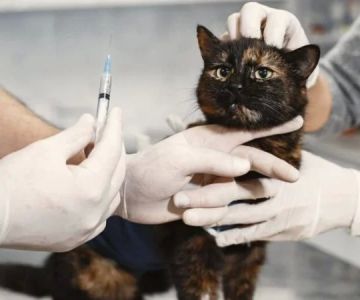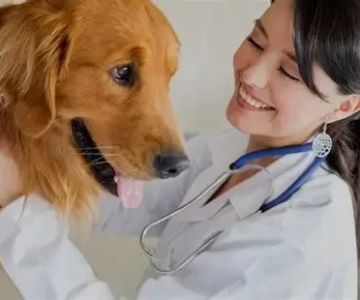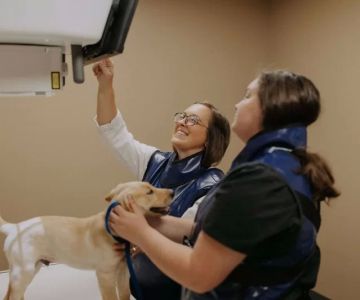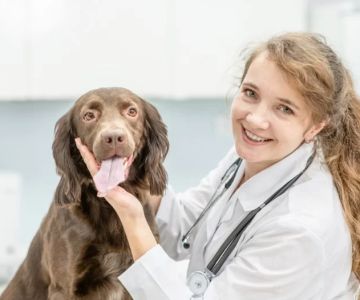What Healthcare Career Pathway is Veterinarian in? Understanding Veterinary Careers
- The Veterinary Profession Explained
- Education and Training for Veterinarians
- The Role of Veterinarians in Healthcare
- Veterinarian Career Pathways and Opportunities
- Real-Life Example: A Veterinarian’s Career Journey
The Veterinary Profession Explained
When I first decided to pursue a career in veterinary medicine, I had a lot of questions about what the pathway would look like. Becoming a veterinarian is not only about caring for animals but also requires an understanding of the broader healthcare system. Many people, like myself, initially wonder what healthcare career pathway a veterinarian follows. The journey to becoming a veterinarian is both rewarding and challenging, and it’s rooted in a broader healthcare career pathway that involves rigorous education, hands-on experience, and a deep commitment to animal welfare.
Veterinarians are an integral part of the healthcare system. They diagnose and treat diseases, injuries, and other conditions in animals, which is vital to the health of pets, livestock, and even wildlife. They also play a significant role in preventing zoonotic diseases—diseases that can be transmitted from animals to humans. While the field may seem similar to human medicine, the specific focus on animals sets veterinarians apart within the healthcare profession.
Education and Training for Veterinarians
The pathway to becoming a veterinarian typically requires extensive education and training. Based on my own experience, as well as what I’ve learned from other veterinarians, the steps are quite structured and take several years of dedicated study. Here’s an overview of the education and training required:
2.1 Completing a Bachelor’s Degree
Before even thinking about veterinary school, aspiring veterinarians must first complete an undergraduate degree. While there’s no specific major required, most veterinary schools prefer students who have a background in the sciences, such as biology, chemistry, and physics. I pursued a degree in biology myself, which helped me grasp the necessary scientific knowledge needed to understand animal anatomy and diseases. Some students may even pursue animal science or pre-veterinary tracks, which offer more specialized courses for future veterinarians.
2.2 Attending Veterinary School
After completing a bachelor’s degree, the next step is to apply to veterinary school, which is highly competitive. Veterinary school typically lasts four years, and students receive a Doctor of Veterinary Medicine (DVM) or Veterinariae Medicinae Doctoris (VMD) degree upon graduation. During veterinary school, students engage in both classroom learning and hands-on clinical training. I remember spending long hours learning about animal diseases, surgeries, and diagnostics, as well as gaining practical experience through clinical rotations at animal hospitals and other veterinary facilities.
2.3 Licensure and Certification
Once the DVM or VMD degree is earned, veterinarians must pass a licensing exam to practice in their state or country. This is where the real-world application of everything learned in school is put to the test. In the U.S., the North American Veterinary Licensing Examination (NAVLE) is required. After passing the licensing exam, veterinarians may also pursue certifications in specialized fields such as surgery, dermatology, or cardiology, depending on their area of interest.
The Role of Veterinarians in Healthcare
Veterinarians play a significant role in the healthcare system, not only in caring for pets but also in animal agriculture, wildlife conservation, and even public health. In my experience, the scope of a veterinarian's role is broader than many people realize. Here's an overview of what veterinarians do:
3.1 Animal Health and Wellness
As a veterinarian, you’ll be diagnosing and treating illnesses, injuries, and infections in animals. For example, veterinarians play an essential role in maintaining the health of pets like dogs and cats, performing surgeries, administering vaccines, and providing preventive care such as dental exams and nutritional counseling.
3.2 Animal Welfare and Ethical Care
Veterinarians also advocate for the welfare of animals. This includes making difficult decisions regarding euthanasia, working to prevent animal cruelty, and ensuring that animals under their care receive ethical and compassionate treatment. In my practice, I’ve had to explain to pet owners when euthanasia might be the most humane option, which can be emotionally challenging but is crucial in the context of overall animal welfare.
3.3 Public Health and Zoonotic Diseases
Another critical aspect of a veterinarian's role is their involvement in public health. Veterinarians work to monitor and control zoonotic diseases, which are diseases that can spread from animals to humans. As someone who has worked in both a clinical and research setting, I know how important it is to track diseases like rabies, Lyme disease, and avian flu. Veterinarians are often at the forefront of preventing outbreaks and protecting both animal and human populations.
Veterinarian Career Pathways and Opportunities
After obtaining a veterinary degree and becoming licensed, veterinarians have various career pathways available to them. The beauty of a veterinary career is its diversity—veterinarians can work in private practices, animal shelters, research labs, and even government positions. Based on my experience and research, here are some of the career pathways available to veterinarians:
4.1 Private Practice Veterinarians
Most veterinarians choose to work in private practice, providing healthcare services to pets, livestock, and exotic animals. In these settings, veterinarians often specialize in small animal care, equine medicine, or large animal practice. I’ve spent a significant amount of time working in a private practice, providing preventive care, surgeries, and emergency treatment to animals. This is an ideal pathway for those who enjoy working directly with animals and their owners.
4.2 Research and Academia
Veterinarians who are interested in scientific research and education can pursue careers in academia, working as professors or researchers. They often focus on areas like zoonotic diseases, animal behavior, or veterinary pharmacology. I personally know a veterinarian who transitioned into research, working with pharmaceutical companies to develop new treatments for animal diseases. This pathway offers an opportunity to contribute to the scientific community and animal health on a global scale.
4.3 Government and Public Health
Veterinarians in the public sector can work with government agencies like the Centers for Disease Control and Prevention (CDC) or the Department of Agriculture, where they monitor and prevent animal diseases that could potentially impact public health. I’ve also seen veterinarians working with wildlife conservation organizations, playing a vital role in preserving endangered species and maintaining biodiversity.
Real-Life Example: A Veterinarian’s Career Journey
To give you a better idea of what a veterinarian's career journey looks like, let me share the story of Dr. Sarah, a veterinarian I met during my training. Sarah always had a passion for animals, and after earning her DVM, she initially worked in a small animal practice. After a few years, she decided to explore her interest in wildlife conservation and took on a role with a non-profit organization dedicated to preserving endangered species. Now, Sarah splits her time between clinical work and wildlife research, a career path that has allowed her to combine her love for animals with her desire to make a broader impact.
Sarah’s story is just one example of the various paths a veterinarian can take. The opportunities in veterinary medicine are vast and varied, and every veterinarian’s journey is unique. Whether you’re interested in private practice, research, or public health, the veterinary field offers plenty of fulfilling career options.
Are you considering becoming a veterinarian? It’s an incredibly rewarding career that combines science, compassion, and public health. If you want to learn more about the steps to becoming a veterinarian, or if you're looking for educational resources, check out ToolNest for expert advice and recommendations!

